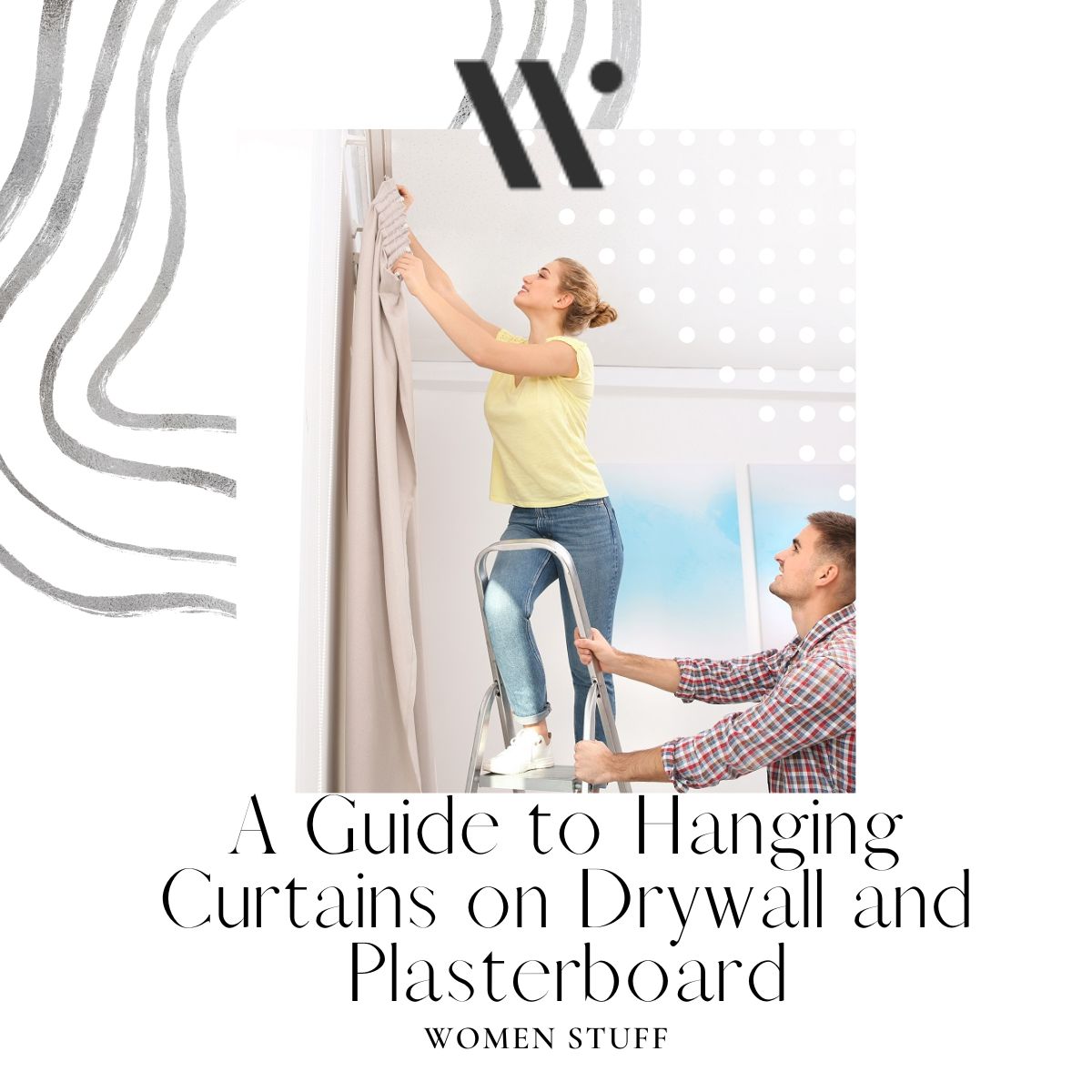
A Guide to Hanging Curtains on Drywall and Plasterboard
Homes always have corresponding curtains to our windows. May it be printed or not, it all serves as a protective layer for our interiors other than providing our homes with added aesthetics. With curtains corresponding to windows, some of us may not know it but we can actually put them on our internal windows aside from making sure they are hung on framed windows nevertheless.
As window frames can be an added cost to our homes, some Australians have also considered putting curtains on their Plasterboard and Drywall. Even if they are considered hollow and might not hold our curtain rods, you can certainly add some beauty to them and do them like that of your framed windows too.
Follow these steps and make a seamless curtain addition to your Drywall and Plasterboard:
Things to remember:
For Screws:
There are further considerations when mounting your screws and hooks. As screws may be found 40 to 60cm only, they may fall short when it comes to holding your rods into place. Thus, wall anchors are there to help, making sure that the weight is distributed evenly to protect your drywall and plasterboard when the rod and curtain add weight.
For Anchors:
With regards to anchors, you also need to make sure you’re buying the right one; the most appropriate are wall anchors instead of ceiling anchors.
For Walls:
It is highly suggested to check for the thickness of the drywall or plasterboard. Meaning, as nails and screws should be added entailing more weight, hollow boards must have longer screws with them. This will hold the rail/rod into place, ensuring that they are held stronger and placed evenly while also avoiding tearing the drywall or plasterboard.
For Brackets:
One bracket can hold up to 90cm of curtain pole only. If your pole is exceeding the maximum length, then you need to have an additional bracket for it.
1. Consider the weight
As Plasterboards are usually regarded as hollow and lightweight, it is deemed necessary to be cautious when installing rods to them —- it might break down easily making it difficult for you to hide your mistakes. Hence, ensure that your curtain rod is also lightweight together with light curtain fabric.
2. Use a stud detector
On another note, it is recommended to use a stud detector when mounting your anchors/ hooks, so that you will know you’ll have a good foundation of where you will drill them, and also avoid tearing the board off with the weight of the rod and the curtain.
3. Drill the holes
Then it’s time to drill a hole. Ensure that the anchors are aligned with one another, so you won’t have to redo it. Drilling again and again because of inaccurate drilling will create a bigger hole in your plasterboard. Hence, it will create a bigger hole, making your screws loose and providing lesser strength to hold your rails or your poles. One recommendation for this is to mark the spots first with a pencil, so you will know where to aim. Consequently, you need to also put a tape on the mark, as drilling can cause a lot of vibration and can make bigger holes than you intended to; the tape controls the movement of the drills, making the drilling more accurate and avoiding too much vibration that can cause bigger holes.
4. Place the brackets
Once the anchor and screws are perfectly aligned with one another and are considered fit to hold weight, you ought to put additional brackets between where your poles will be placed. The brackets are there to distribute the weight of the pole and curtains against the wall, creating a balancing effect and preventing sagging due to loose screws and anchors. Still, the number of brackets depends on how big your poles are. A bracket is capable of holding weight for 70 to 90cm only. Therefore, it will be necessary to fill in additional brackets if it exceeds its capacity, maintaining the foundation and the toughness of the screws, brackets, and anchor in holding the poles firmly.
5. Avoid Pole Sagging
Even if your hooks and screws are attached strongly to your plasterboard, the weight on the curtain can inevitably bend the pole at the center. Thus, it is to consider that the center of the pole must also have a foundation to hold it into place regardless of the weight of your curtain. For this, brackets must also be placed at the center of the rod, while also ensuring that they are intact and installed firmly with the plasterboard. You must take into account that for every 70 to 9cm, a bracket should be present.
If everything seems strong already given the considerations, you may place your curtain on your pole, and your pole to the hooks thereafter… and voila! You now have your curtains installed beautifully and evenly on your plasterboard and drywall.





